Chapter 4
Frequency Distributions
By Boundless
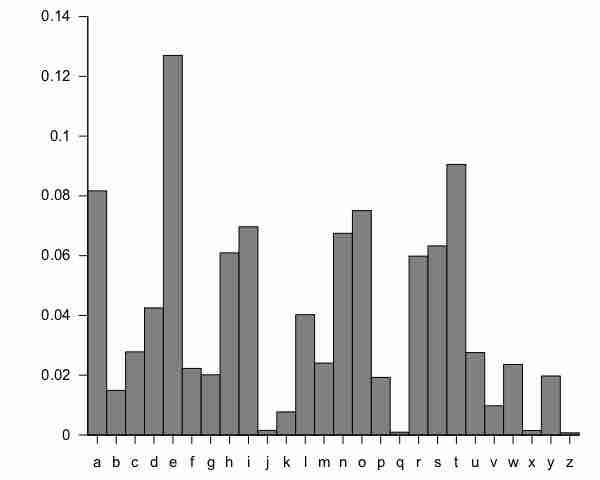
The frequency distribution of events is the number of times each event occurred in an experiment or study.

In statistics, an outlier is an observation that is numerically distant from the rest of the data.

A relative frequency is the fraction or proportion of times a value occurs in a data set.
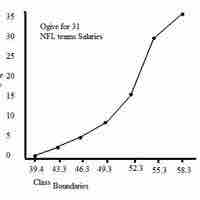
A cumulative frequency distribution displays a running total of all the preceding frequencies in a frequency distribution.

A plot is a graphical technique for representing a data set, usually as a graph showing the relationship between two or more variables.
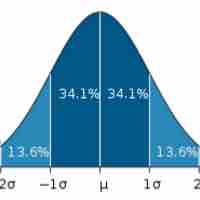
Distributions can be symmetrical or asymmetrical depending on how the data falls.

A
Qualitative data is a categorical measurement expressed not in terms of numbers, but rather by means of a natural language description.
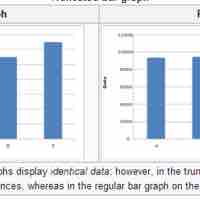
Graphs of distributions created by others can be misleading, either intentionally or unintentionally.

Qualitative data can be graphed in various ways, including using pie charts and bar charts.
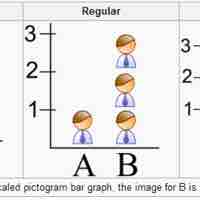
A misleading graph misrepresents data and may result in incorrectly derived conclusions.

Qualitative frequency distributions can be displayed in bar charts, Pareto charts, and pie charts.
In statistical formulas that involve summing numbers, the Greek letter sigma is used as the summation notation.
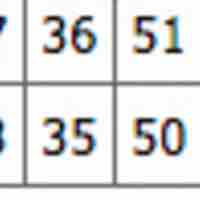
We can learn much more by displaying bivariate data in a graphical form that maintains the pairing of variables.